How Do Birds Protect Themselves? (7 SURPRISING Ways!)
We’re reader-supported; we may earn a commission from links in this article.
Birds are animals that can protect themselves really well. Recently, I’ve been extremely fascinated with how they do so, so I decided to do some reading online and found 7 surprising ways they do so! Here’s what I found:
7 SURPRISING Ways Birds Protect Themselves:
- Plumage Camouflage
- Egg Camouflage
- Living Near “Protector” Species
- Nest Cover and Concealment
- Flight Retreat
- Distraction Displays
- Direct Confrontation
Now that you know the main ways that birds protect themselves, I’m sure you are interested to know more about HOW they do it! Read on and join me in discovering how birds protect themselves!
The Ways Birds Protect Themselves From Predators
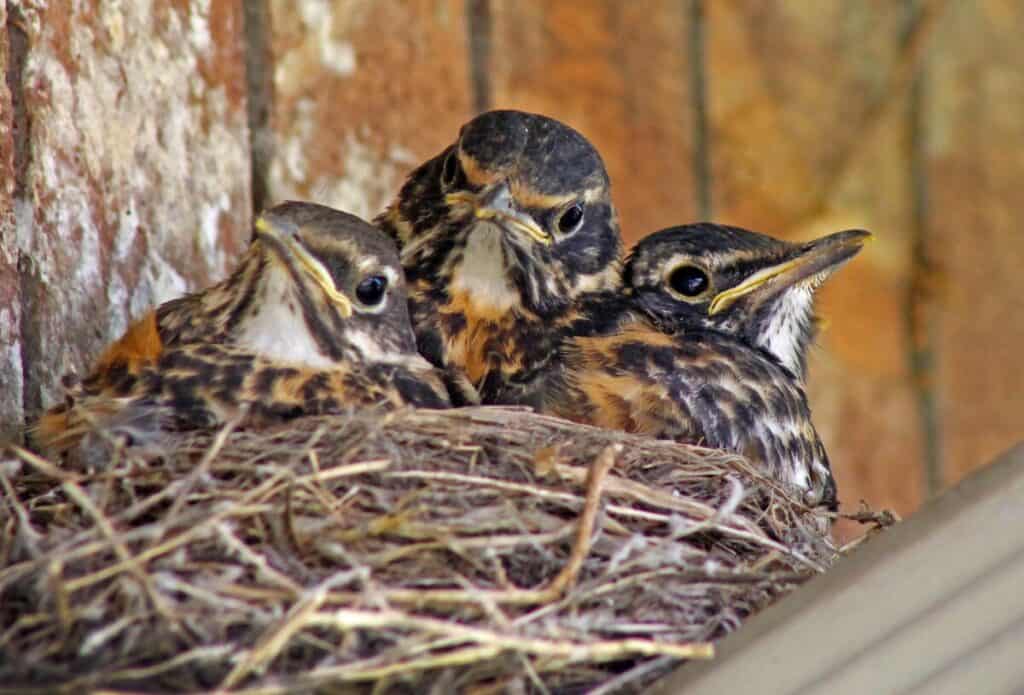
Birds, like all animals, face predation from their predators all the time.
For their survival, birds have adapted to the environment and developed different characteristics over the years.
As I was researching this topic, I was super inspired by the ways birds do it. So I hope you’re excited to learn about this as much as I do. Ok with that, let’s get right into the details!
1) Plumage Camouflage
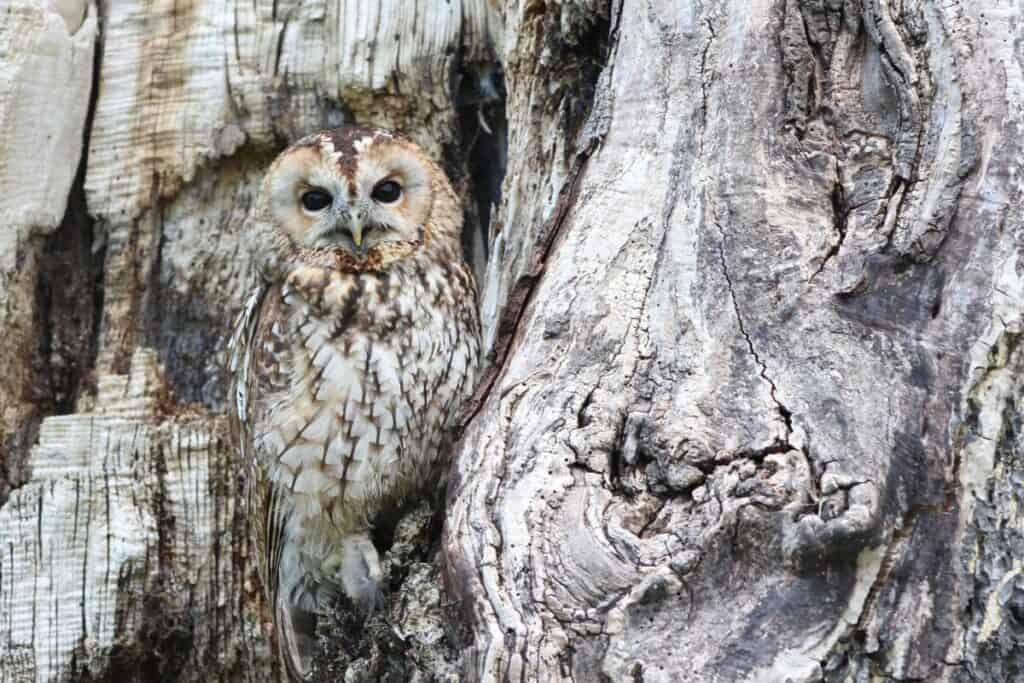
The basic principle of camouflage is simple: to blend into the surroundings.
Getting this simple predation avoidance tactic can easily save a bird’s life altogether.
Now, if you’re new to birding, you might be wondering what plumage is. The plumage of a bird is basically the texture and color patterning of birds’ feathers and skin.
The plumage of a bird is an important aspect of camouflage as it is the first level of defense and protection against predators.
As it is common sense to know that prevention is better than cure, in the same way, if birds can avoid detection through their camouflage, they would not even have to waste any energy resources and stress to deal with a predator.
A great and extreme example of how plumage camouflage can be very effective is the plumage of a nightjar.
If you’ve never heard of nightjars before, nightjars are birds that are typically nocturnal and tend to stay half-asleep during the day.
While they are resting during the day, they usually have to sit still for long periods of time. While remaining still, they need to develop an effective defense mechanism against predators.
This is done so by their incredibly hard-to-spot camouflaged plumage!
Here’s a picture of a nightjar!
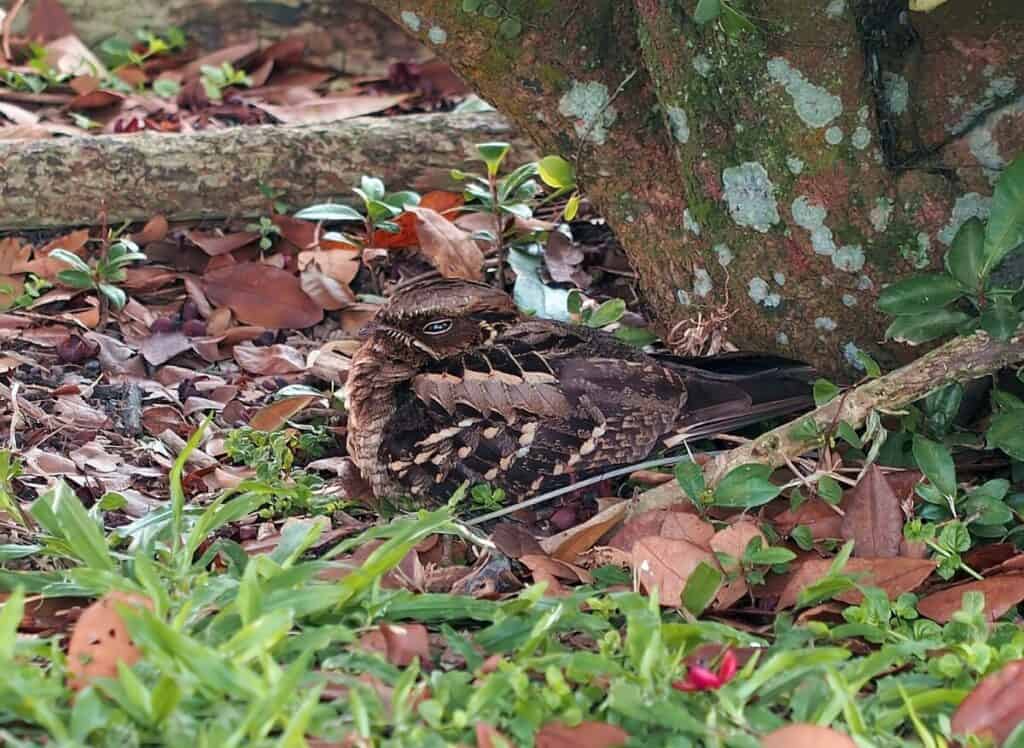
Did it take you a long time to locate the nightjar?
Can you imagine if you were out in the woods, how much harder would it be able to spot if you were just passing by.
In the same way, predators would not be able to spot it due to its effective camouflage pattern.
In fact, I am making it to spot a lifer in my area, the Large-Tailed Nightjar, and have yet to do so because of this. (Updated: I’ve seen one!!)
I am always jealous of my friends who have easily spotted some sitting out in an open badminton court!
Nightjars are so well-loved within the birding community that some avid birders such as Dave Griffiths took to set up Project Nightjar where he developed games for the public to guess the locations of nightjars in pictures.
Do check it out if you’re interested!
2) Bird Egg Camouflage
(a) Natural Egg Camouflage
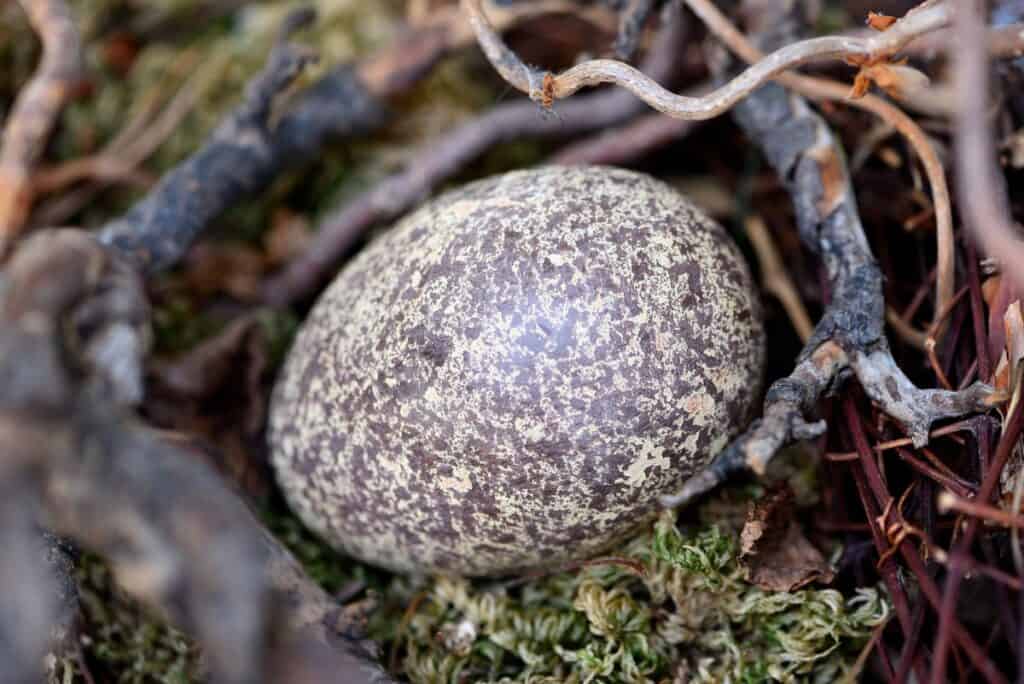
Bird camouflage is not confined to just their plumage, but this also extends to their eggs.
Predation not only happens when the bird is fully grown but also before it even hatches!
If eggs are conspicuous to predators, they are easy and sitting targets.
As such, birds have developed different egg pigments. Egg pigments are substances that comprise complex molecules that are synthesized by the shell gland of a bird.
The known two pigments are Protoporphyrin that is responsible for reddish-brown colors and Biliverdin that produces blue and greenish colors. These two pigments may or may not work in tandem to produce one shade with spots, a new color, or a combination of both.
As such, these egg pigments provide a variety of colors that help them blend into surrounding vegetation or nesting material!
(b) Behavior-induced Camouflaged Eggs
What I’ve found recently is that scientists and ornithologists (bird scientists) are discovering a new mechanism of how birds are performing behavior-induced camouflage of their eggs.
In the study, they investigated how Blue-Footed Boobies have begun smearing their eggs with dirt and mud in order to conceal their eggs from predators.
Have a look at this diagram taken from their research paper:
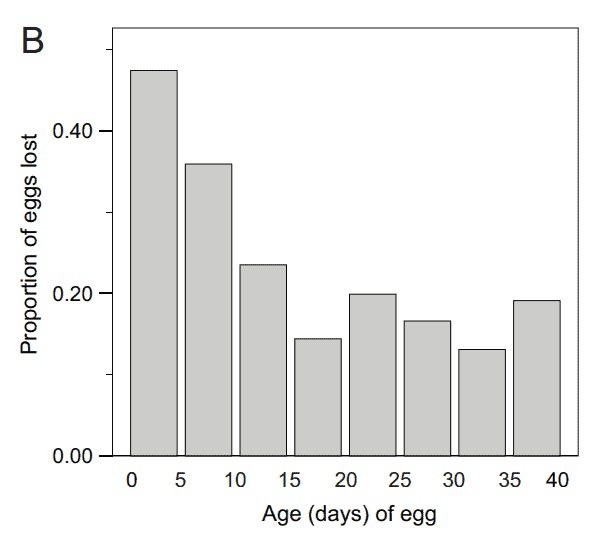
From the diagram above, we can tell that the highest proportion of eggs lost is during the first 5 days after a booby egg has been hatched.
In order to counter this predation, scientists have concluded from a series of experiments that the boobies started darkening their eggs during their incubation by transferring soil onto their eggshells from nest materials for camouflage.
As a result of this behavior, the attack rate of predators on the boobies’ eggs has decreased by 20% overall.

3) Living Near “Protector” Species
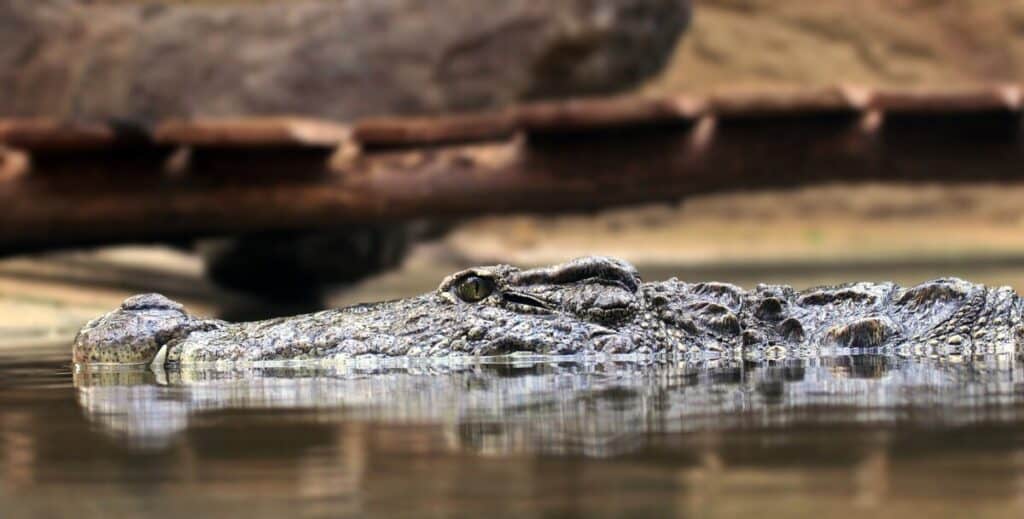
Birds like any other animals and people, will want the best for their kids and achieve the best protection for their young and themselves.
Some, have taken this to the extreme by choosing to reside near terrifying predators such as alligators.
In a curious case between storks/herons and American Alligators, an interesting relationship exists.
Wading birds such as storks and herons have chosen to build their nests near the place where alligators hang out often despite knowing the dangers of these scary reptiles.
However, this relationship is counter-intuitive that both the storks and herons and the alligators benefit from this relationship!
Alligators act as the “protector” species that defend the birds’ nests from predators such as snakes and opossums that may be gunning for their eggs with just their presence alone.
What alligators stand to receive on their end would be food in the form of dropped chicks from nests due to brood reduction.
Now before you panic about wading birds kicking chicks out of their nests to be eaten, please know that this is a common behavior in wading birds and is a natural process.
In the Everglades, alligators face a harsh environment and are not fussy with settling for an easy chick carcass meal.
Here’s an article where this is discussed in greater detail!
4) Nest Cover and Concealment
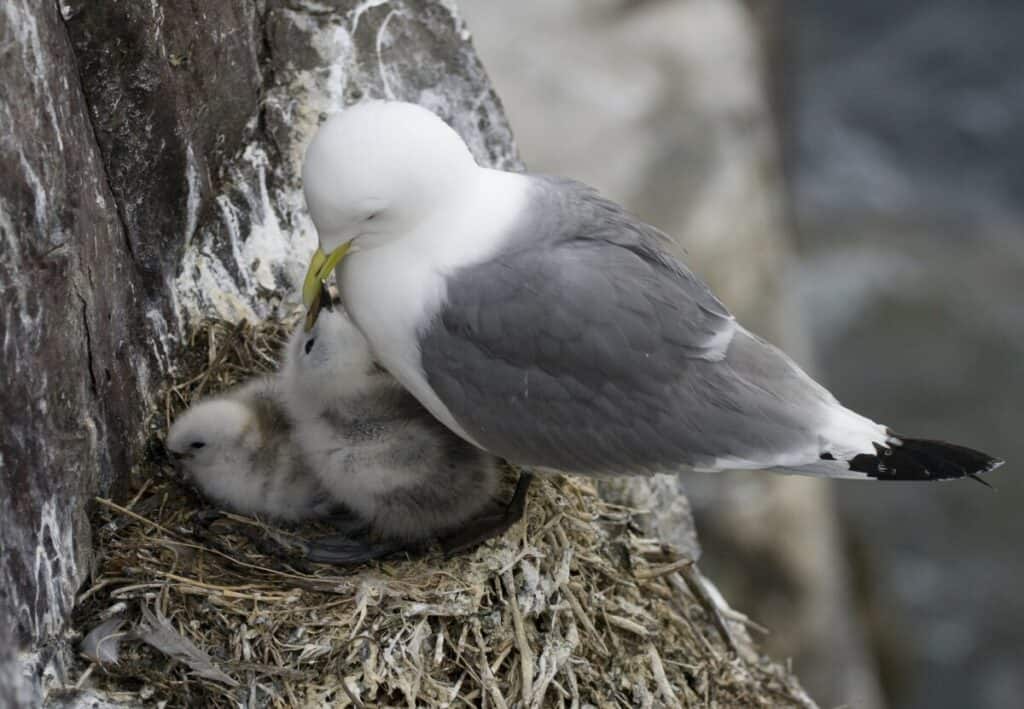
In the same experiments with the boobies above, the scientists also investigated the location of the nests and their eggs to investigate how well the egg camouflage works.
In the diagram below, they have found that the probability of eggs being predated in the forest (more camouflaged) is lower than that of grasslands (less camouflaged).
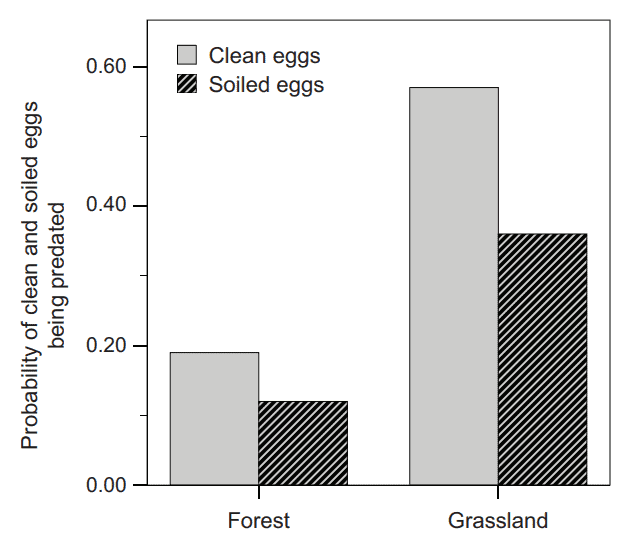
With the simple choice of choosing the right location to build their nests, the survival of their eggs showed an increase of almost 40%!
That’s amazing, isn’t it?!
Though this is the case for most birds, for the largest birds and birds that nest in groups, they may instead choose to build their nests in the open as they are more capable of defending their eggs and hatchlings.
Ground-nesting nightjars have a different tactic though: they use their absolutely cryptic and camouflaged feathers to hide their eggs.
Another example of how birds conceal their nests would be the case of the American Bittern.
For those who don’t yet know, American Bitterns are birds that have brown and white stripes across its body. They often conceal their nests on the dry ground above water or in muddy areas that have thick vegetation.
They often choose to build their nests with well-concealed reeds, sedges, and cattails.
What’s interesting is that on top of that, they build different paths for their nest entrance and nest exit so that it is not easily accessed by other animals.
Other cavity-nester birds such as the Wood Duck use different methods to conceal their nests.
The wood duck is a cavity nester and this means that they prefer to build their nests in cavities – this includes man-made birdhouses or decaying trees.
The duck will choose cavities that are as high as possible and out of the reach of predators that cannot climb trees.
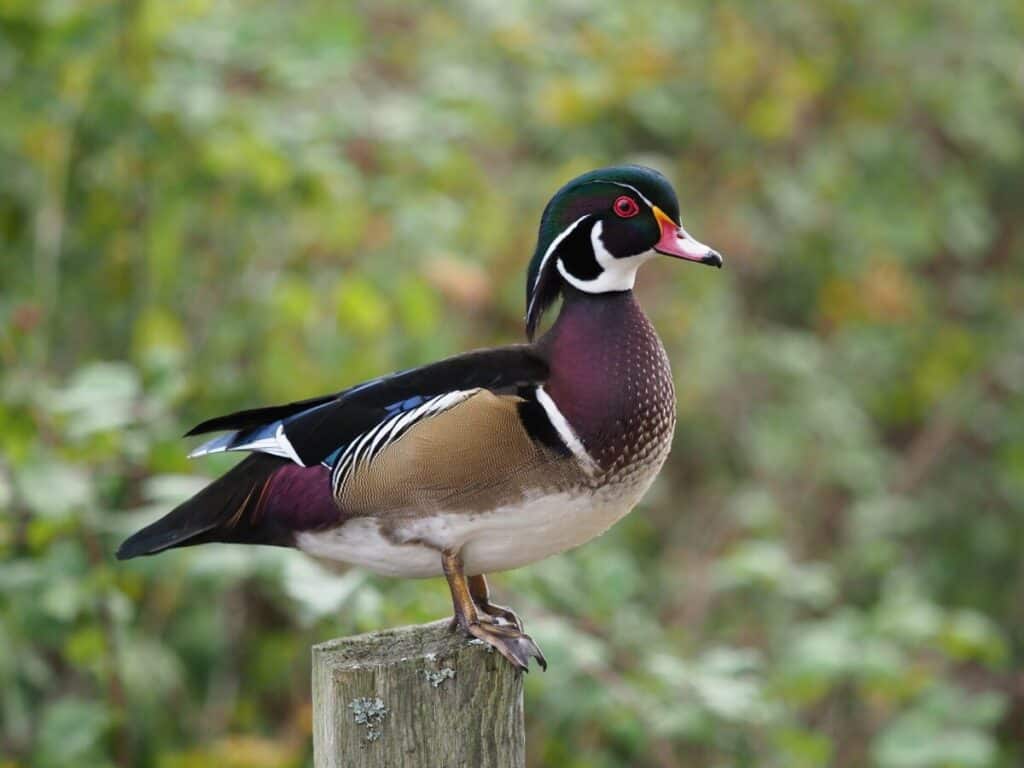
There’s actually a reason why they have to resort to such careful choice of their nest location: their eggs have a creamy white color and are not camouflaged.
The rules are simple: If you cannot camouflage, then conceal (Wood Duck) and if you cannot conceal, then camouflage (Nightjars).
5) Flight Retreat
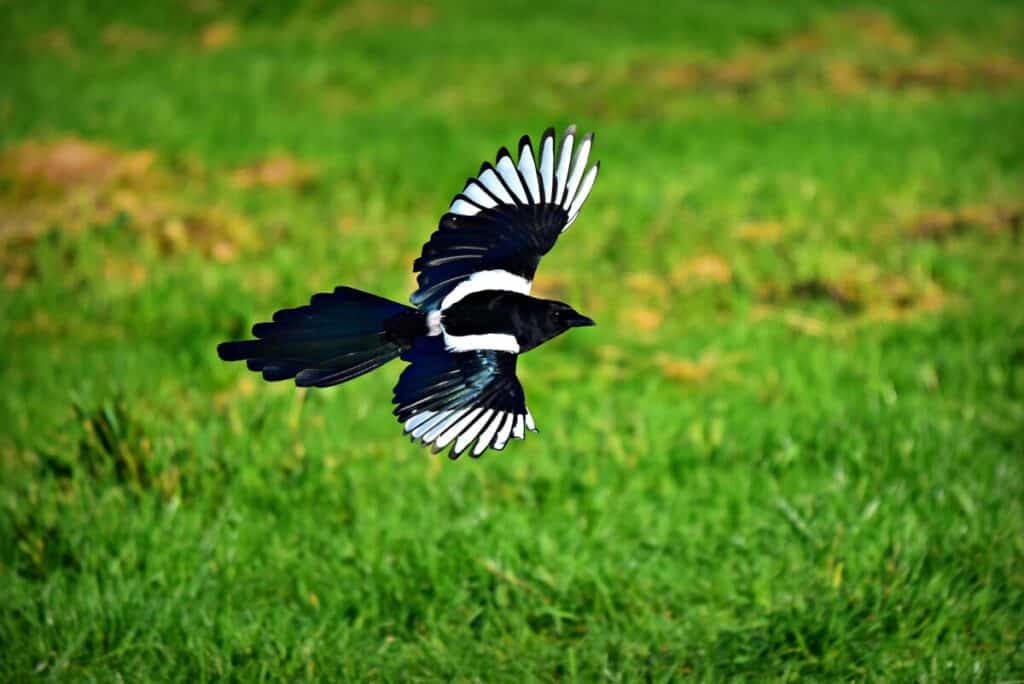
Now that you know how the birds can passively avoid detection and predation, let’s run through the immediate actions that birds can take in order to avoid being hunted.
(a) Flight Retreat From Land Predators
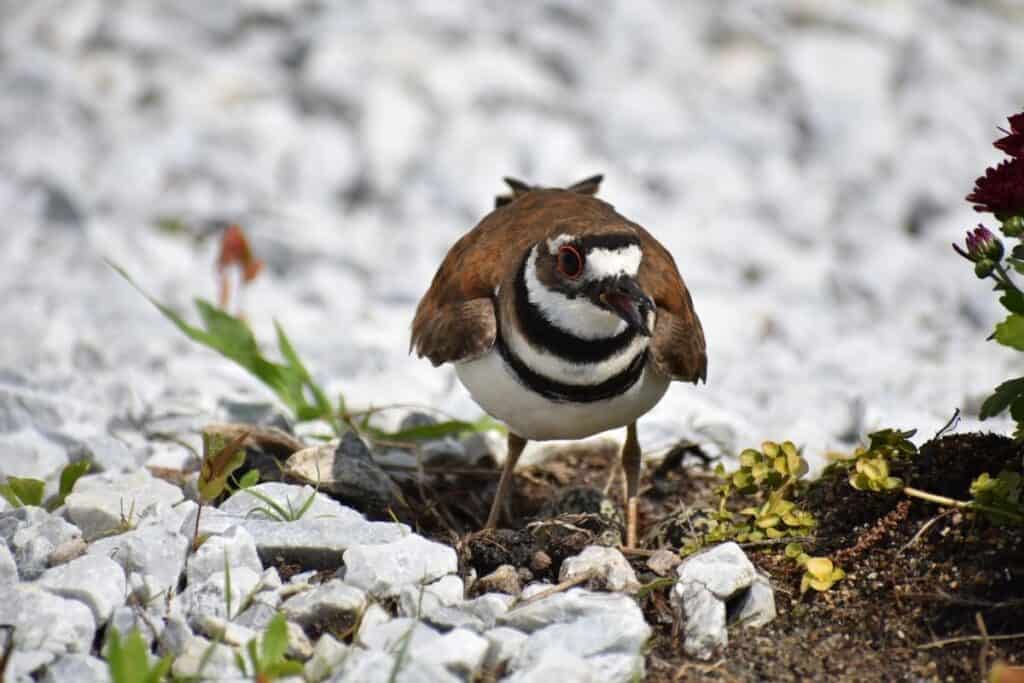
A bird’s definite and predominant escape mechanism is simply flying away in retreat.
Running away is an obvious reaction that we can all relate to.
Given that most predators are not able to fly, birds are able to escape by flying to a higher vantage point and out of reach to escape death.
For example, if a bird is hunted by a snake and if the bird senses danger, it may fly away and out of the strike range of a snake.
In the process, the birds may alert other birds with alarm calls to warn other birds of the impending danger.
(b) Flight Retreat From Flying Predators
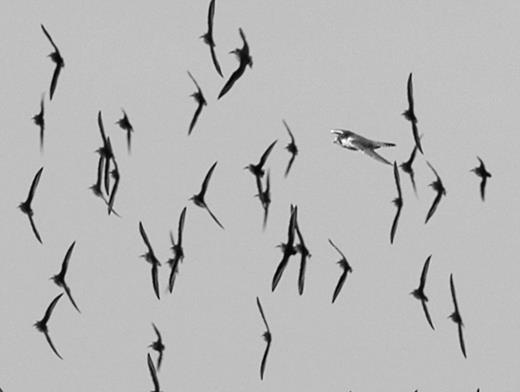
Now, it may be easier for a bird to escape from a land predator, what about escaping from flying predators?
Like birds of prey?
Birds use 2 main methods to fly away from flying predators:
- In-air Maneuverability
- Flight Speed
In a study on the escape techniques forager birds use in escaping predators, experts have found that nearshore foragers use their speed to escape predation, whereas far shore foragers use their agility to do the same.
The difference lies in their ability to independently decrease body mass and increase pectoral muscle mass to develop these attributes.
As seen in the picture above, Dunlins make use of extremely fast rotational banks to avoid capture by a Peregrine Falcon.
By not flapping in flight, birds can use their muscle power instead to exploit lift forces to make turns.
6) Distraction Displays
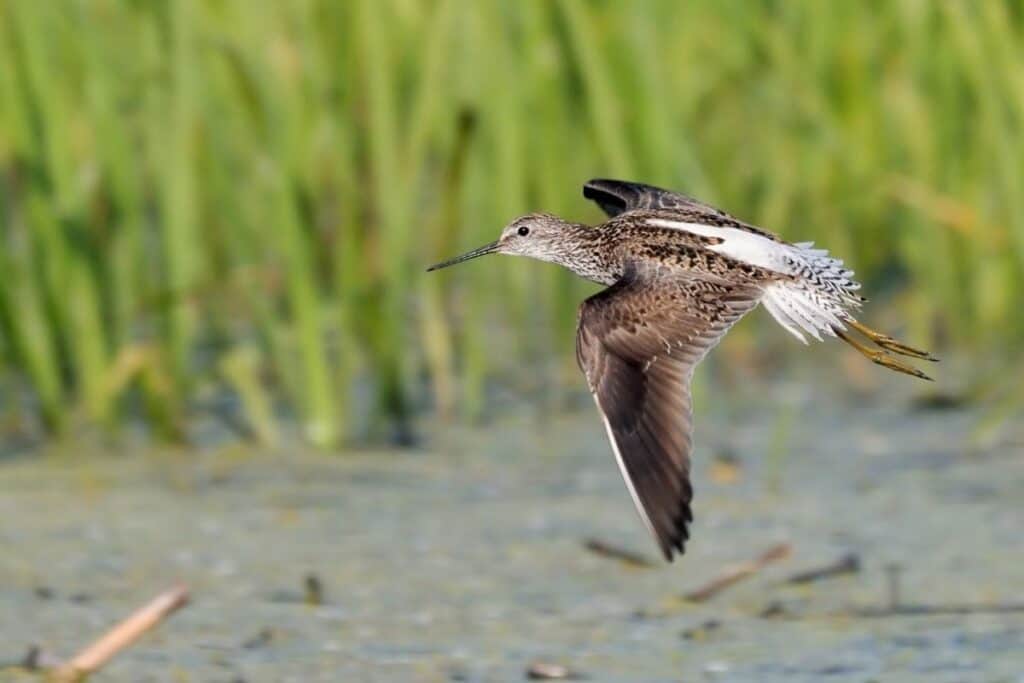
A flight retreat is possible is often possible for birds who are only threatened as individuals, and not along with their offspring.
When bird parents are threatened by nearby threats, it is often not possible for them to leave their nests exposed to the young and simply fly away.
In order to protect their young, bird parents can resort to distraction displays to lure predators away by pretending to fly in front of them or pretending to be injured to gain their attention.
This is done in hopes that the predator will chase the parent birds instead of pursuing their young in the nest.
(a) The Famous Killdeer’s Broken Wing Act
The most famous of distraction plays done is by the killdeer.
When the killdeer senses a predator near its nest, it pretends to be an injured bird by sitting and fleeting on the ground to gain attention.
When the predator decides to pursue the bird instead of the nest, the bird simply flies away to lead the threat away.
Bravo, bravo, simply great acting!
(b) The Piping Plovers’ “Rodent Run”
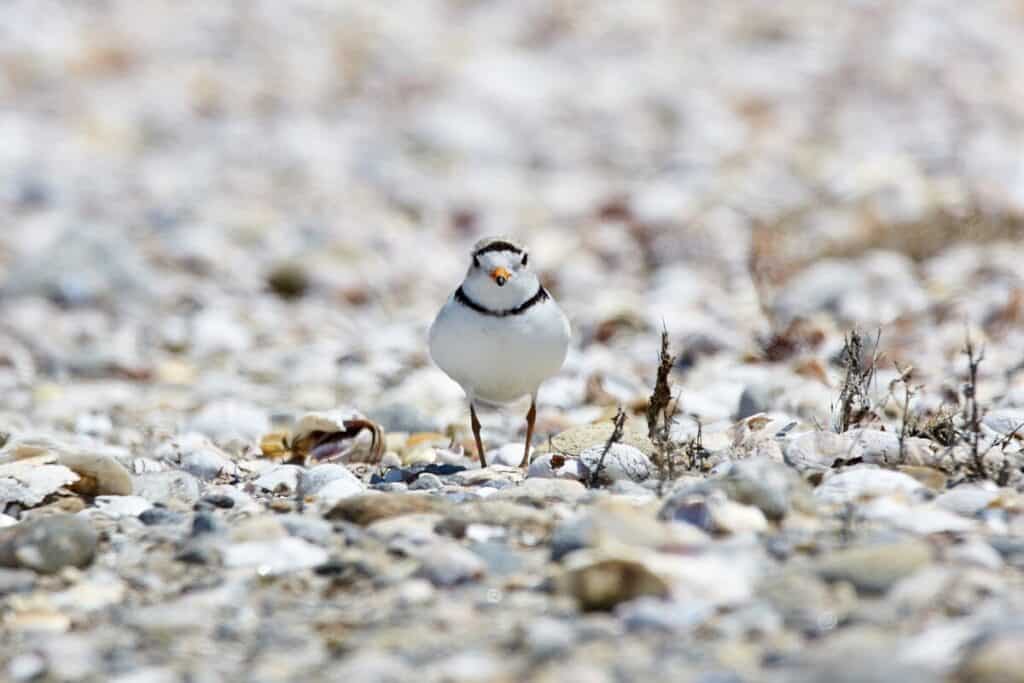
Piping plovers and other grassland birds can actually perform an interesting move called the rodent run which mimics the movement of a rodent in the grasslands.
This is a distracting play by the birds to lure the threat away from their young.
(c) Vocal Distraction Calls
While the above birds have interesting techniques to distract predators, most birds perform vocal calls to distract their predators from their young.
Parental birds can actually perform a quick and loud call that baby birds respond to instinctively by sitting still and keeping quiet, effectively silencing their babies temporarily.
Then the adult birds can proceed to fly away with attention-getting noises to draw the threat away from the nest before they detect the presence of the young birds.
7) Direct Confrontation
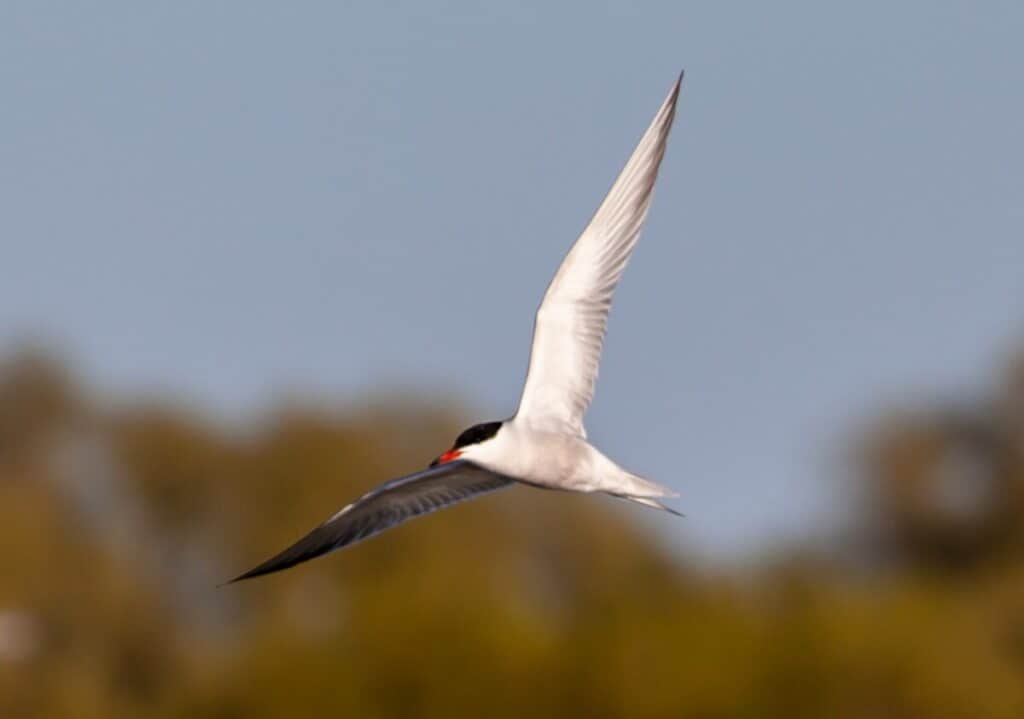
When directly confronted with threats, parent birds have no choice to face them head-on.
In cases such as these, it is most often that there is no more escape or distraction play that can work on predators.
In such cases, it’s an all-out fight.
While researching this portion of this article, I was extremely fascinated with how there are so many birds out there who perform very aggressive all-out attacks on people and threats.
Let’s get into it!
(a) Dive-Bombing
Dive-bombing is an aggressive bird behavior that involves fast swooping and direct aerial attacks to deter predators and drive them away from their nests.
In some states of the US, such as San Francisco, Brewer’s Blackbirds have been known to dive-bomb passers-by when they get too close.
In Metro Vancouver, crows have become more aggressive in their dive-bomb attack on people that pass by.
Of course, this happens more during the time of the year when baby crow hatchlings are learning how to fly, so it doesn’t happen all the time!
Parent birds are just more sensitive when their babies are flying for the first time!
Here’s a video news report on it:
(b) All-Out Defense
When cornered in an all-out attack, birds have to resort to using all their resources to defend their young.
While researching this, I found an interesting YouTube video that went viral showing a Myna parent defending its baby bird from crows.
Here’s the video:
As seen in the video, the myna takes it into its own hands to defend its baby bird. It uses a combination of aerial tackles, pecks, and claw attacks to defend.
This is done alongside alarm calls in defiance of the predator crows.
Final Thoughts
Wow, that has been such an insightful and incredible journey of learning how birds protect their young and themselves!
I too have learned a lot while researching for this!
I hope you have learned a thing or two about how birds protect themselves and can better appreciate bird behavior going forward.
Thanks for reading and happy birding!
My Recommended Birding Resources:
Hey there, Justin here!
Here’s a list of all my favorite resources, products, and brands I trust and love.
My Celestron Nature DX 8×42 Binoculars: It’s a great budget pair for beginner birders. Highly valued for its price! Read my review.
Safe Paint for Bird Baths Guide: Learn about non-toxic paint for painting bird baths.
Safe Sealers for Bird Baths Guide: Learn which sealers are safe for bird baths.
Safe Paint for Bird Feeders Guide: Learn what special care needs to be taken to paint bird feeders with the right paint.
Safe Paint for Birdhouses Guide: Learn about non-toxic paint for painting birdhouses. (Not the same as bird baths!)
Bird Identification Apps Guide: 2 of my favorite birding apps are Merlin Bird ID, and eBird Mobile! Merlin is great for tracking and identifying birds, and eBird Mobile is great for tracking the birds sighted when birding.
Check out my resources page for the full list of resources I recommend!

Justin Chia
Justin is the founder and author of Birding Outdoors. He is a Nanyang Technological University (NTU) alumnus with a Bachelor of Biological Sciences and a former data analyst.
Now, Justin runs the Birding Outdoors blog full-time, hoping to share his deep love for birds, birding, and nature with others.
To unwind, Justin enjoys gaming and reading.

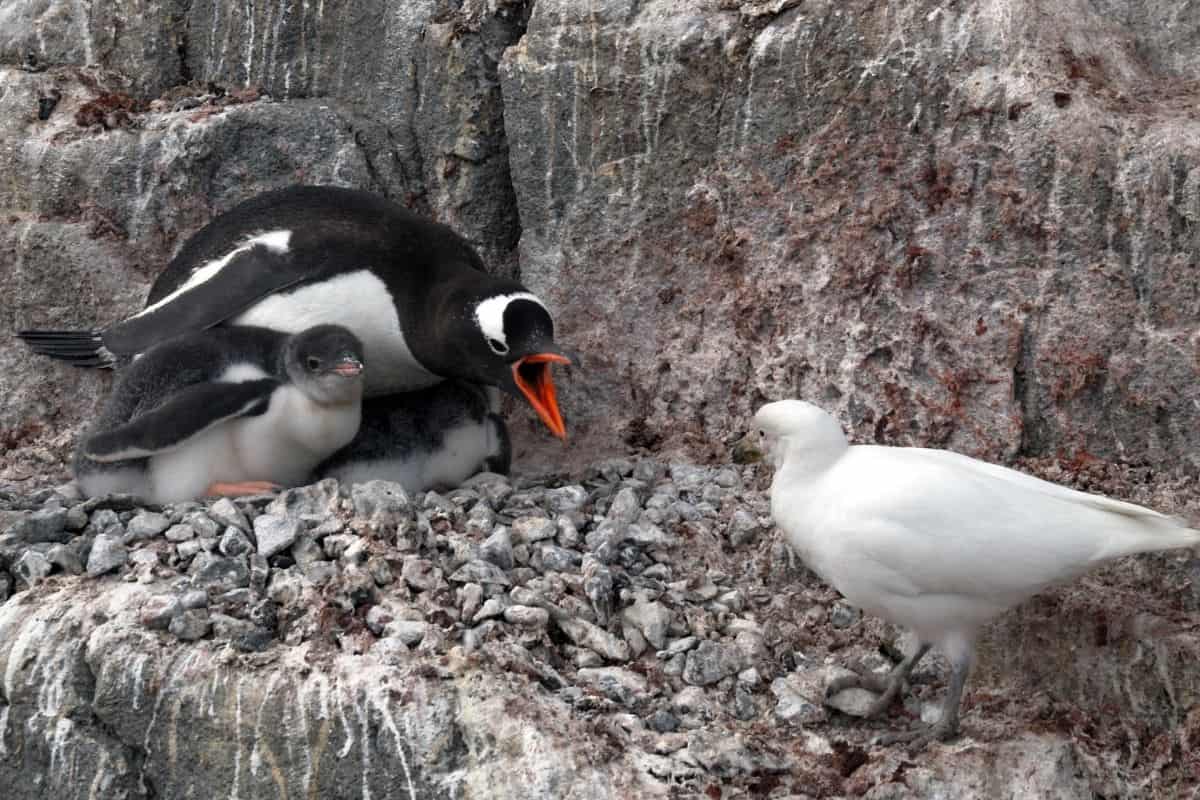
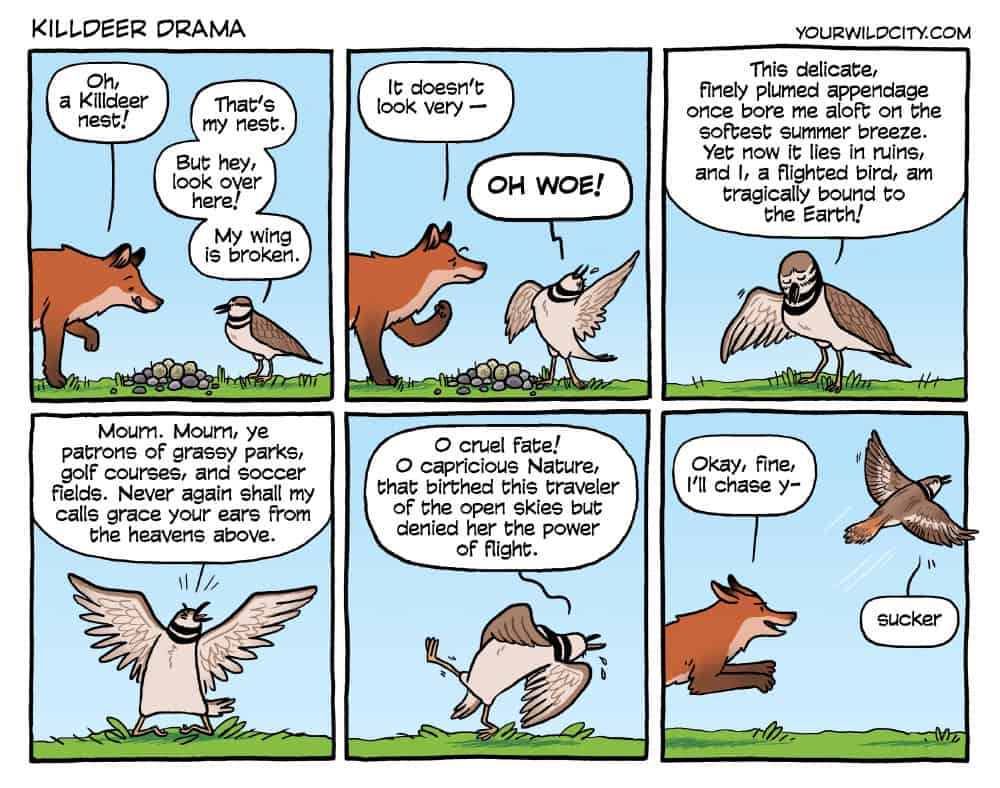
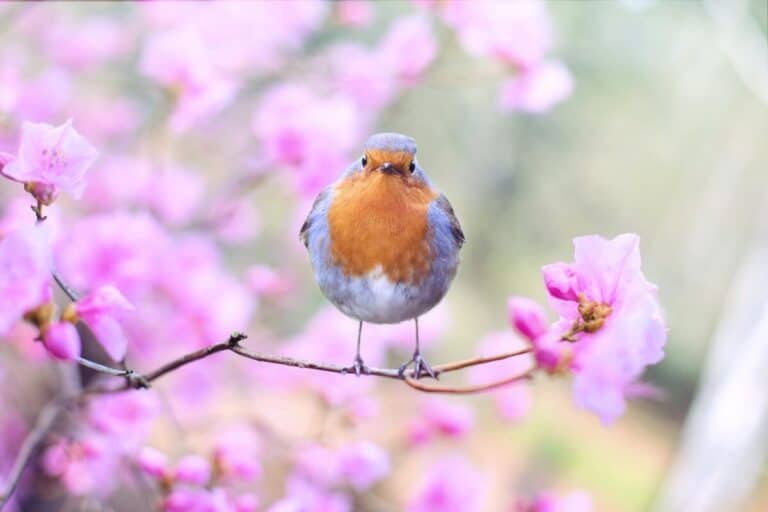

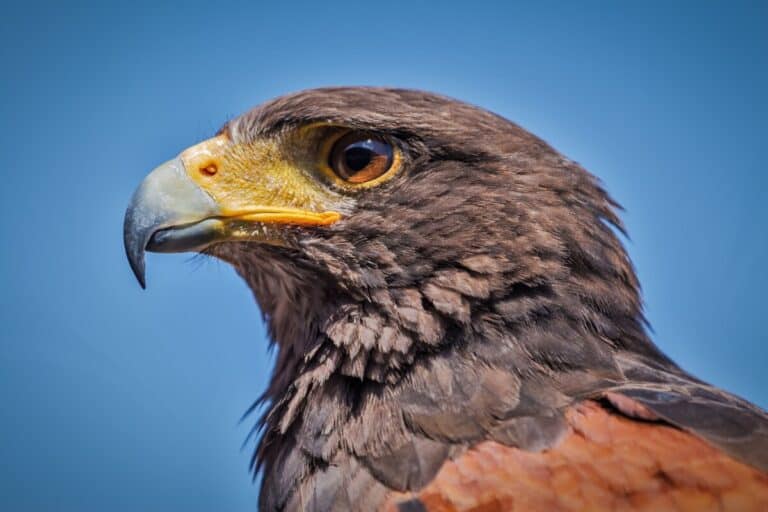
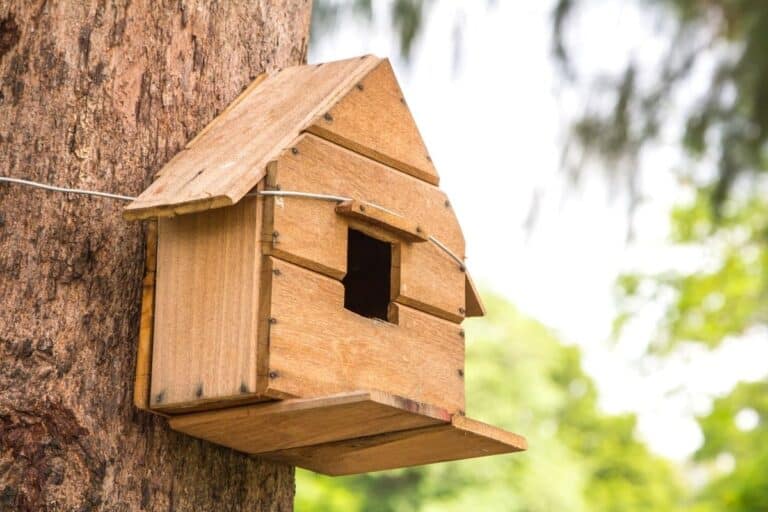
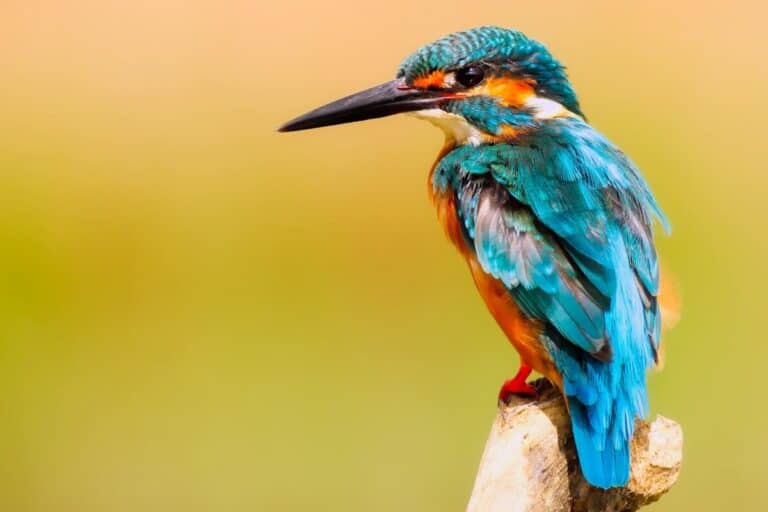
![What Is A Lifer In Birding? [ANSWERED! + Usage Examples]](https://birdingoutdoors.com/wp-content/uploads/2021/03/pexels-photo-6272236-768x512.jpeg)